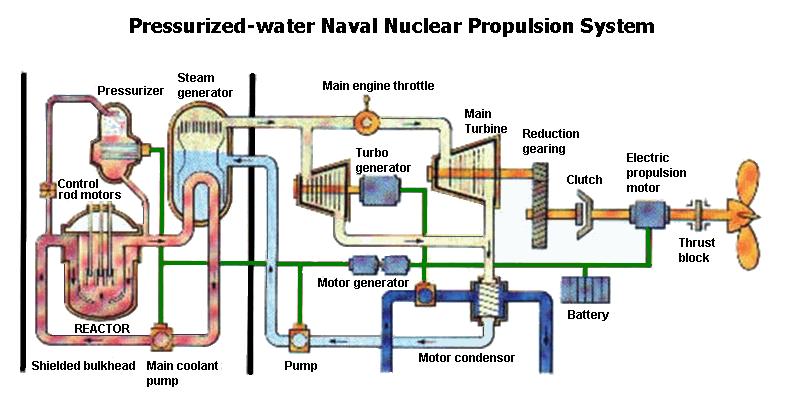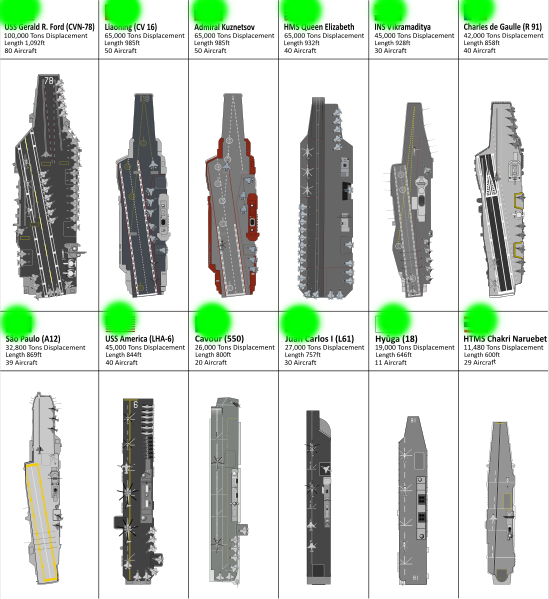What is the whole process in a shipbuilding?
Can a ship really be unsinkable?
|
Ethernet for In-ship Communication
|

Program Title Navy Shipbuilding (Military)
Department Name Dept of Defense--Military
Agency/Bureau Name Procurement
Program Type(s)
Assessment Year ______
Assessment Rating Adequate
Assessment Section Scores
Section Score
Program Purpose & Design
Strategic Planning
Program Management
Program Results/Accountability
Program Funding Level
(in billions)
FY2008 ______
FY2009 ______
* Ongoing Program Improvement Plans
* Completed Program Improvement Plans
* Program Performance Measures
* Questions/Answers (Detailed Assessment)
Ongoing Program Improvement Plans
Year Began Improvement Plan Status Comments
2008
Evaluate the specific requirements for shipbuilding capabilities in order to support the 2008
Quadrennial Defense Report goals and Secretary of Defense Priorities.
Action taken, but not completed Navy Shipbuilding requirements will be evaluated and addressed through the DoD's management of capability portfolios. This capability portfolio management process will enable senior leaders to consider strategic trades across previously "stove piped" areas, and to better understand the implications of investment decisions across competing areas. Balancing capabilities within a portfolio will provide the most effective mix to deliver desired effects and meet objectives.
Completed Program Improvement Plans
Year Began Improvement Plan Status Comments
2008
To be updated
Work to ensure that shipbuilding decisions are made with long term fleet size and capability goals in mind.
Program Performance Measures
Term Type
Annual Outcome
Explanation:
Year Target Actual
2002 <10% 24%
2003 <10% 2%
2004 <10% 4.7%
2005 <10% 5.1%
2006 <10% 5.5%
2007 <10% Jan 08
2008 <10%
2009 <10%
Annual Efficiency
Measure:
Is the program purpose clear?
Explanation: The Shipbuilding Program is required to maintain a Navy of a specific fleet size. This program expressly addresses building ships for the Navy.
Does the program address a specific interest, problem or need?
Is the program designed to have a significant impact in addressing the interest, problem or need?
Is the program designed to make a unique contribution in addressing the interest, problem or need (i.e., not needlessly redundant of any other Federal, state, local efforts)?
Is the program optimally designed to address the interest, problem or need?
Does the program have a limited number of specific, ambitious long-term performance goals that focus on outcomes and meaningfully reflect the purpose of the program?
Does the program have a limited number of annual performance goals that demonstrate progress toward achieving the long-term goals?
Do all partners (grantees, sub-grantees, contractors, etc.) support program planning efforts by committing to the annual and/or long-term goals of the program?
Does the program collaborate and coordinate effectively with related programs that share similar goals and objectives?
Are independent and quality evaluations of sufficient scope conducted on a regular basis or as needed to fill gaps in performance information to support program improvements and evaluate effectiveness?
Is the program budget aligned with the program goals in such a way that the impact of funding, policy, and legislative changes on performance is readily known?
Has the program taken meaningful steps to address its strategic planning deficiencies?
Are acquisition program plans adjusted in response to performance data and changing conditions?
Has the agency/program conducted a recent, meaningful, credible analysis of alternatives that includes trade-offs between cost, schedule and performance goals?
Does the agency regularly collect timely and credible performance information, including information from key program partners, and use it to manage the program and improve performance?
Does the agency estimate and budget for the full annual costs of operating the program (including all administrative costs and allocated overhead) so that program performance changes are identified with changes in funding levels?
Does the program use strong financial management practices?
Has the program taken meaningful steps to address its management deficiencies?
Does the program define the required quality, capability, and performance objectives for deliverables?
Has the program established appropriate, credible, cost and schedule goals?
Has the program demonstrated adequate progress in achieving its long-term outcome goal(s)?
Does the program achieve its annual performance goals?
Do independent and quality evaluations of this program indicate that the program is effective and achieving results?

|
DoD-Department of Defense-For perusal, approval.
Program Title
Navy Shipbuilding (Military/Merchant)
 Q) What is the whole process in a shipbuilding?
Q) What is the whole process in a shipbuilding?
Q) Can a ship really be unsinkable?
Q) Is the program purpose clear?
Q) What will it look like?
Q) Does the program address a specific interest, problem or need?
Q) Is the program designed to have a significant impact in addressing the interest, problem or need?
Q) Is the program optimally designed to address the interest, problem or need?
Q) Does the program have a limited number of specific, ambitious long-term performance goals that focus on outcomes and meaningfully reflect the purpose of the program?
Q) Does the program have a limited number of annual performance goals that demonstrate progress toward achieving the long-term goals?
Q) Do all partners (grantees, sub-grantees, contractors, etc.) support program planning efforts by committing to the annual and/or long-term goals of the program?
Q) Does the program collaborate and coordinate effectively with related programs that share similar goals and objectives?
Q) Are independent and quality evaluations of sufficient scope conducted on a regular basis or as needed to fill gaps in performance information to support program improvements and evaluate effectiveness?
Q) Is the program budget aligned with the program goals in such a way that the impact of funding, policy, and legislative changes on performance is readily known?
Has the program taken meaningful steps to address its strategic planning deficiencies?
Q) Are acquisition program plans adjusted in response to performance data and changing conditions?
Q) Has the agency/program conducted a recent, meaningful, credible analysis of alternatives that includes trade-offs between cost, schedule and performance goals?
Q) Does the agency regularly collect timely and credible performance information, including information from key program partners, and use it to manage the program and improve performance?
Q) Are Federal managers and program partners (grantees, subgrantees, contractors, etc.) held accountable for cost, schedule and performance results?
Q) Are all funds (Federal and partners') obligated in a timely manner and spent for the intended purpose?
Q) Does the program have incentives and procedures (e.g., competitive sourcing/cost comparisons, IT improvements) to measure and achieve efficiencies and cost effectiveness in program execution?
Q) Does the agency estimate and budget for the full annual costs of operating the program (including all administrative costs and allocated overhead) so that program performance changes are identified with changes in funding levels?
Q) Does the program use strong financial management practices?
Q) Has the program taken meaningful steps to address its management deficiencies?
|
|




